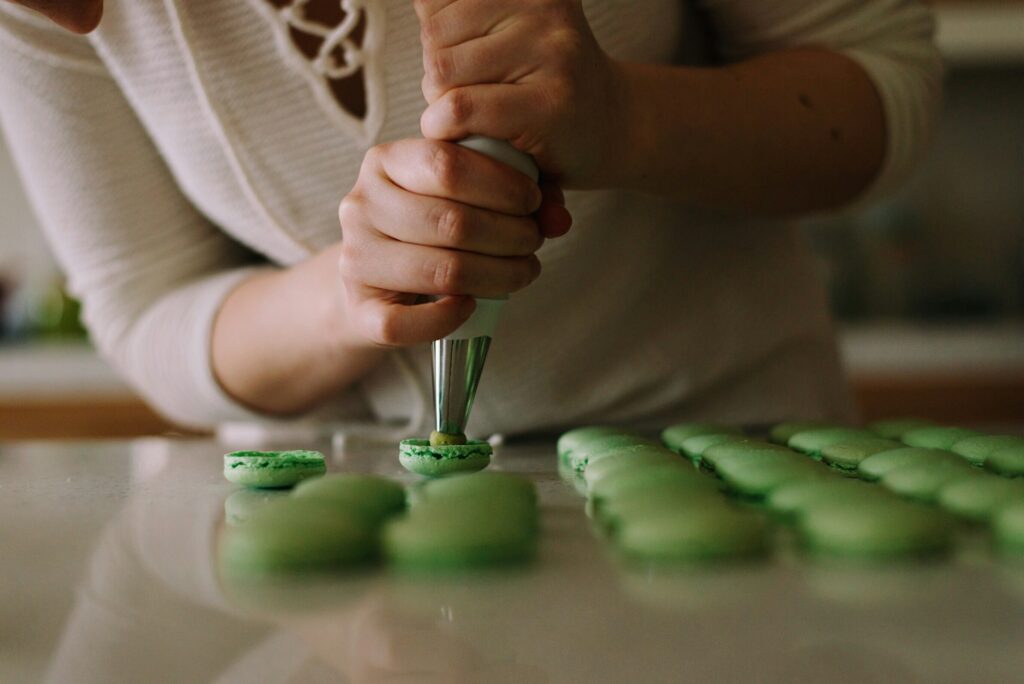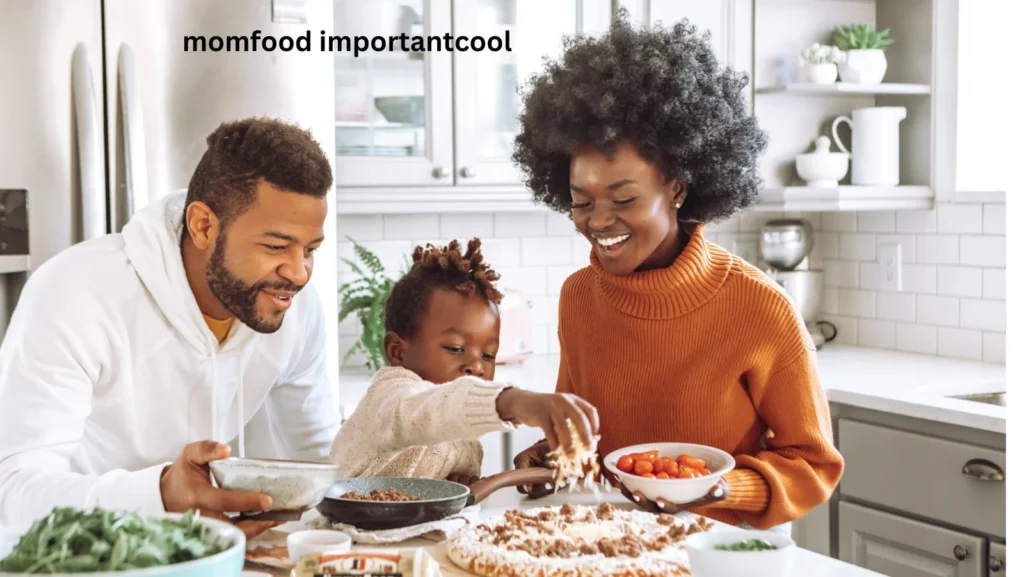Cake decorating is an art that transforms simple baked goods into stunning masterpieces. One of the most essential tools in a baker’s arsenal is the piping tip. With various shapes and sizes available, each tip serves a unique purpose. This detailed guide presents a comprehensive piping tip chart, outlining different types, their uses, and essential decorating techniques.
What Is a Piping Tip
A piping tip is a small, conical metal or plastic tool attached to a piping bag to shape frosting, royal icing, or other decorations. By choosing the right tip, bakers can create flowers, borders, writing, and intricate designs with precision.
Understanding Piping Tip Numbering System
Each piping tip is assigned a number based on its size and design. Manufacturers use unique numbering systems, but the general categorization remains the same. Knowing these numbers helps decorators choose the best tip for their desired effect.
Piping Tip Chart: Types and Uses
To simplify selection, the following piping tip chart categorizes various tips and their functions:
1. Round Piping Tips
- Tip Numbers: #1, #2, #3, #4, #5, etc.
- Uses: Writing, outlining, dots, pearls, fine detailing, and flooding cookies with royal icing.
- Best For: Creating precise outlines, adding lettering, or making polka dots.
2. Star Piping Tips
- Tip Numbers: #13, #16, #18, #21 (Open); #30, #32, #35, #199 (Closed)
- Uses: Stars, rosettes, shells, swirls, and textured designs.
- Best For: Adding dimension to cakes and cupcakes with elegant designs.
3. Leaf Piping Tips
- Tip Numbers: #65, #66, #67, #68, #70
- Uses: Creating realistic leaves, ruffles, and textured accents.
- Best For: Floral designs and foliage effects.
4. Petal Piping Tips
- Tip Numbers: #101, #102, #103, #104, #127
- Uses: Roses, ruffles, and layered petal designs.
- Best For: Crafting realistic flower decorations on cakes and cupcakes.
5. Drop Flower Piping Tips
- Tip Numbers: #129, #131, #224, #190
- Uses: Simple one-motion flowers with or without rotation.
- Best For: Quick floral embellishments and cupcake decorations.
6. Ruffle Piping Tips
- Tip Numbers: #86, #88, #100, #124
- Uses: Adding delicate ruffles, frills, and wave-like effects.
- Best For: Creating textured cake borders and elegant detailing.
7. Basketweave Piping Tips
- Tip Numbers: #44, #45, #46, #47
- Uses: Creating basketweave patterns for a woven effect.
- Best For: Decorating wedding cakes and adding texture to fondant designs.
8. Specialty Piping Tips
- Tip Numbers: #233 (Grass Tip), #789 (Cake Icing Tip)
- Uses: Grass, fur, hedges, and quick cake icing.
- Best For: Unique texturing and base frosting coverage.
How to Choose the Right Piping Tip
Selecting the appropriate piping tip depends on the design desired, the medium used, and the level of detail required. Beginners should start with basic round, star, and petal tips before experimenting with more intricate designs.
Essential Tips for Using Piping Tips Effectively
- Use Consistent Pressure: Applying even pressure ensures uniform designs and prevents inconsistent patterns.
- Keep the Tip Clean: Wipe off excess frosting between designs for sharper details.
- Practice on Parchment Paper: Before decorating a cake, practice various designs to refine technique.
- Adjust the Bag Angle: Holding the piping bag at different angles alters the final design appearance.
- Use the Right Frosting Consistency: Stiff frosting holds shape better, while softer frosting provides smoother flow.
Piping Tip Maintenance and Storage
Proper care extends the longevity of piping tips. Rinse tips immediately after use, soak in warm soapy water, and use a small brush to remove residue. Storing tips in a dedicated organizer prevents misplacement and maintains organization.
Conclusion
A well-organized piping tip chart simplifies cake decorating by helping bakers choose the right tools for each design. Understanding tip types, functions, and proper techniques enhances decorating skills, resulting in stunning confections. Whether creating delicate flowers, textured borders, or elegant lettering, mastering piping tips elevates any baker’s craft.
By referring to this guide, decorators of all levels can achieve professional-quality designs with ease. Explore different tips, practice techniques, and transform cakes into edible works of art!


